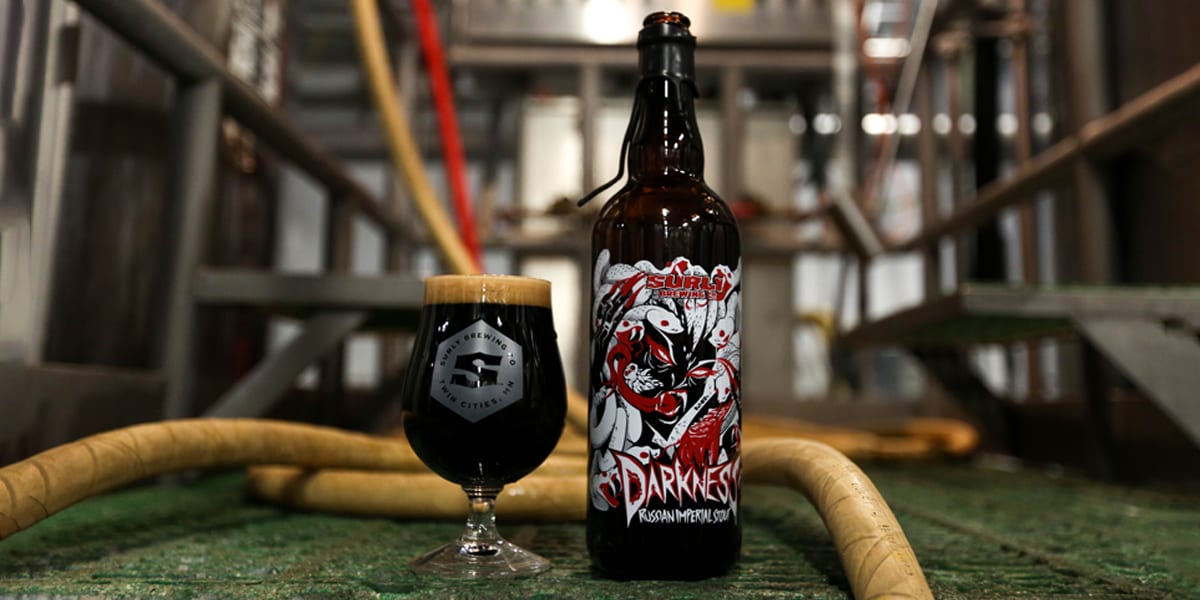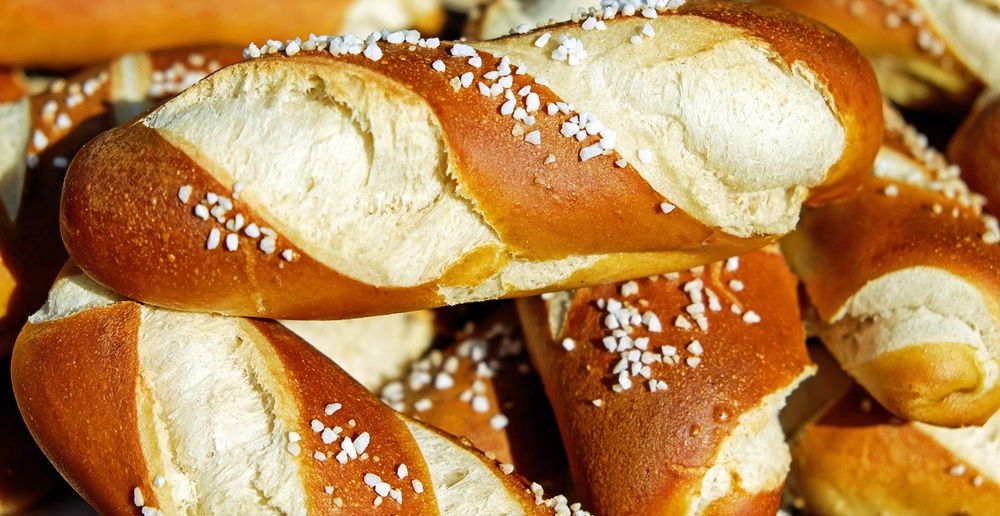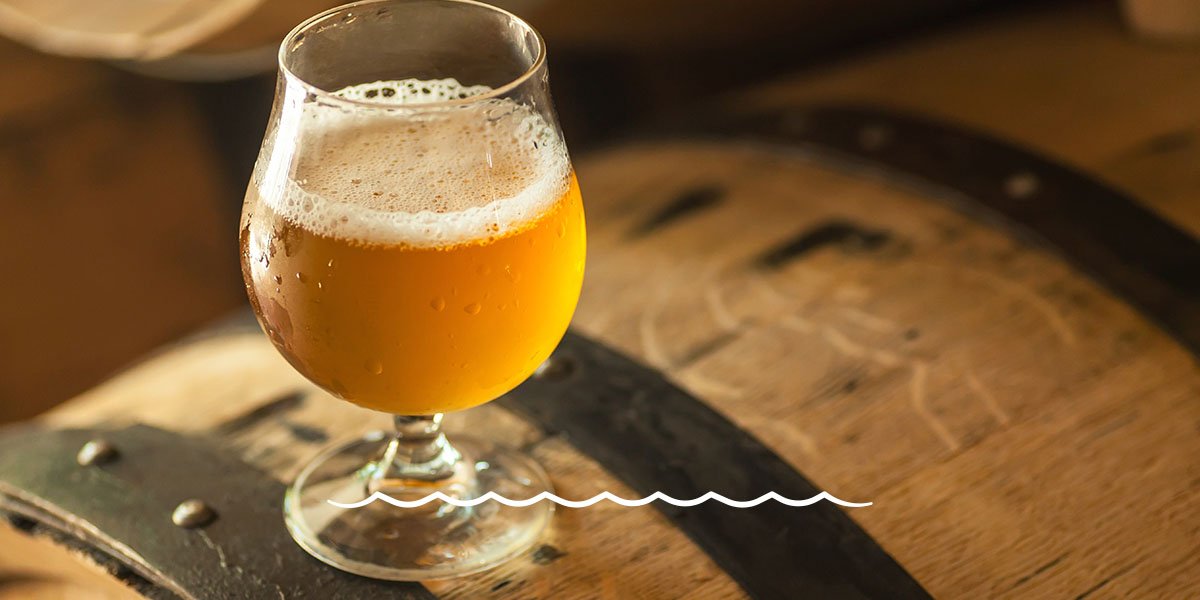
As a craft beer enthusiast and homebrewer, there’s something truly rewarding about creating your own version of a beloved beer. One of those iconic brews for me is Treehouse Julius – a vibrant, juicy New England IPA that’s beloved for its tropical fruit flavors, smooth mouthfeel, and hazy appearance. After spending time perfecting my recipe, I’m excited to share with you my personal take on a Marshall Bishop’s Treehouse Julius Clone recipe. Whether you’re new to brewing or an experienced brewer looking to tackle this classic, this recipe will guide you step-by-step in recreating this beer at home.
What Makes the Treehouse Julius So Special?
Treehouse Brewing Company has become a household name in the world of craft beer, and their flagship beer, Julius, is often hailed as one of the best hazy IPAs out there. What sets Julius apart from other beers in the same category is its perfect balance between fruitiness and bitterness, all wrapped up in a smooth, creamy body. The hallmark flavors include bright citrus, mango, pineapple, and other tropical fruits, all delivered in a drink that is both refreshing and full of character.
Replicating the magic of Treehouse Julius at home isn’t an easy task, but it’s possible. This Marshall Bishop’s Treehouse Julius Clone recipe has been meticulously crafted to help you recreate that tropical fruit explosion, hazy appearance, and soft mouthfeel. In this article, I’ll break down the ingredients and brewing process I’ve found works best for this clone.
Ingredients for the Marshall Bishop’s Treehouse Julius Clone Recipe
The Malt Bill
The foundation of any great beer is the malt bill, and the one I use for my Marshall Bishop’s Treehouse Julius Clone recipe is focused on achieving the smooth, creamy body and subtle sweetness that are essential to this style. The malt profile should never overpower the hops, but it plays a key role in providing a balanced backbone. Here’s the malt combination I use:
- Pale Malt (2-row): 9 lbs (this is the base malt that provides most of the fermentable sugars and contributes to the beer’s clean malt backbone)
- White Wheat Malt: 2 lbs (adds body and helps with the haze that characterizes the New England IPA style)
- Flaked Oats: 1 lb (flaked oats contribute to a silky mouthfeel and enhance the overall smoothness of the beer)
Together, these malts create the perfect canvas for the hops to shine while ensuring a soft, rounded mouthfeel and a slight sweetness that balances out the bitterness of the hops.
The Hops
Now comes the fun part: the hops! The key to achieving that signature tropical fruit character in the Treehouse Julius clone is choosing the right hops. For this recipe, I’ve gone with four hops that provide a perfect combination of citrus, tropical fruit, and pine flavors. The hop choices I use are:
- Citra: 2 oz (this hop is a staple in the New England IPA world and brings tropical fruit, especially citrus and pineapple flavors, to the table)
- Galaxy: 2 oz (another fan-favorite, Galaxy hops deliver notes of peach, passionfruit, and other tropical fruits)
- Mosaic: 2 oz (adds a tropical blend of mango, papaya, and citrus, rounding out the beer’s fruity profile)
- Simcoe: 1 oz (this hop gives a more complex character with earthy, piney, and citrus flavors, balancing the fruitiness of the other hops)
By using these hops, you’ll get the vibrant fruit character that Treehouse Julius is known for, with each hop contributing a unique layer to the beer’s flavor profile.
The Yeast
The yeast is just as crucial in a New England IPA as the hops, if not more so. For my Marshall Bishop’s Treehouse Julius Clone recipe, I rely on Wyeast 1318 London Ale III yeast, which is known for its ability to accentuate fruity hop aromas and create a smooth, velvety mouthfeel. This strain works particularly well with high-protein grains like wheat and oats, which are often used in hazy IPAs. It produces a clean fermentation with minimal ester production, allowing the hops to be the star of the show.
Brewing Process for the Marshall Bishop’s Treehouse Julius Clone Recipe
Step 1: Mash In
The first step in brewing your Marshall Bishop’s Treehouse Julius Clone recipe is to mash in. Heat your water to about 162°F and add your grain bill to your mash tun. Mash at a temperature of 154°F for 60 minutes. This temperature is ideal for creating fermentable sugars while also preserving the malt complexity. The wheat and oats in the grain bill will help give your beer that signature hazy look and smooth texture.
Step 2: Sparging and Boiling
Once your mash is complete, it’s time to sparge, which involves rinsing the grains to extract any remaining sugars. Bring your wort to a boil and maintain a boil for about 60 minutes. The key here is to keep the boil relatively simple and focus more on adding hops during the late boil and whirlpool stages, which will contribute to the juiciness and aroma without adding too much bitterness.
Step 3: Hop Additions
The hop schedule for this recipe is crucial to achieving that juicy, fruit-forward character. Here’s the hop addition timeline for my Marshall Bishop’s Treehouse Julius Clone recipe:
- Whirlpool (170°F): Add 2 oz of Citra and 1 oz of Galaxy hops. This whirlpool hop addition will help pull out the hop oils and flavors at lower temperatures, preserving the bright tropical fruit aroma while avoiding excessive bitterness.
- Dry Hop #1 (4 days into fermentation): Add 2 oz of Mosaic and 1 oz of Simcoe hops to the fermenter. This early dry hop adds a burst of tropical fruit aromas and intensifies the fruity profile.
- Dry Hop #2 (7 days into fermentation): Add the remaining 1 oz of Citra and 1 oz of Galaxy hops. This second dry hop addition ensures that the beer has a balanced fruit character and intense hop aroma.
Step 4: Fermentation
Fermentation should take place at a steady temperature of 68°F using the Wyeast 1318 yeast strain. This yeast is ideal for hazy IPAs because it works well with the high-protein malts and promotes a smooth, full-bodied mouthfeel. After around 2 weeks, you can check the gravity to ensure fermentation is complete.
Step 5: Bottling and Carbonation
After fermentation, it’s time to carbonate your beer. While I prefer to naturally carbonate my beers by bottle conditioning, you can also use a force carbonator if that’s more convenient. Once your beer is carbonated, bottle it up and let it sit for at least 2 weeks. During this time, the flavors will continue to develop and mature.
Final Thoughts
Brewing a Marshall Bishop’s Treehouse Julius Clone recipe is an exciting challenge for any homebrewer. With the right combination of malts, hops, and yeast, you can recreate a hazy, juicy IPA that mimics the tropical fruit goodness of Treehouse Julius. Remember that brewing is an art, and while following the recipe is important, don’t be afraid to tweak it to fit your personal preferences. You may even decide to experiment with different hop varieties or malt ratios to make the beer your own.
Enjoy brewing your very own Marshall Bishop’s Treehouse Julius Clone and sharing it with friends who appreciate a high-quality, flavorful IPA!




